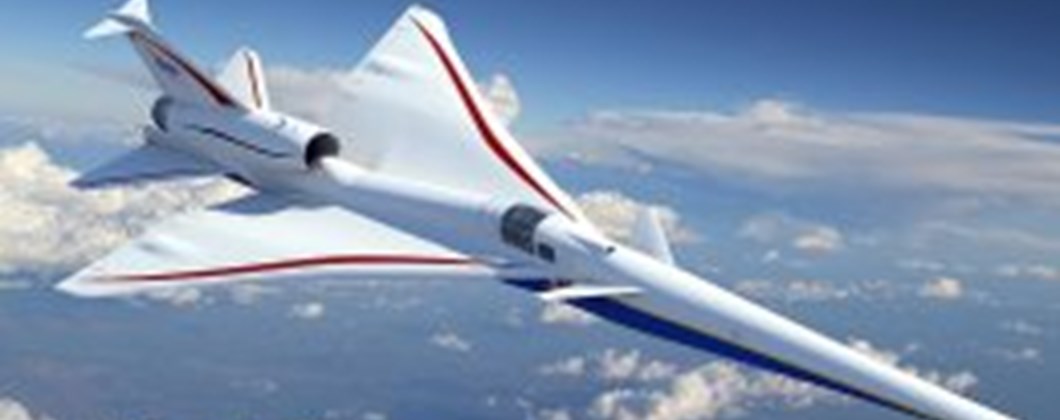New Supersonic Passenger Jet Being Developed by NASA

Dubbed the ‘Son of Concorde’, NASA is reportedly working on a new supersonic passenger jet that could cut travel times between London and New York to just three hours! Once complete, the supersonic aircraft will reach a top speed of 1,100mph and fly at an altitude of 55,000 feet.
The official title of the new aircraft? The X-59 Quiet Supersonic Transport (QueSST), so named because NASA plans to develop quiet supersonic engines. This is in order to avoid the ‘unsettling’ booms that accompanied Concorde whenever it broke the sound barrier and ultimately limited its flight path to over the Atlantic.
NASA will use an adjusted F/A-18 Hornet supersonic combat jet to test the new engines, recruiting 500 people on the ground in Texas to report on the noise through a series of surveys. The plan is to reduce the noise to the equivalent of faint rumbling or a car door being shut.
How will NASA make the X-59 quieter?
The tell-tale sonic booms generated by a supersonic aircraft is the result of air particles compressing together in front of the plane; the pressure waves are unable to move out of the way of each other quick enough once an object moves faster than the speed of sound.
However, in the case of the X-59, ‘the aeroplane’s shape is carefully tailored such that those shockwaves do not combine’. This involves creating a longer, more slender shaped body and stretching the nose in order to reduce the impact of the initial sonic boom.
The first test flights for the aircraft are scheduled for 2022 and would make it the first passenger-carrying supersonic aircraft to take to the skies since Concorde completed its final flight in 2003.
Do you think that the X-59 is an excellent idea? Or is it doomed to suffer the same fate as Concorde? Let us know your thoughts below!
